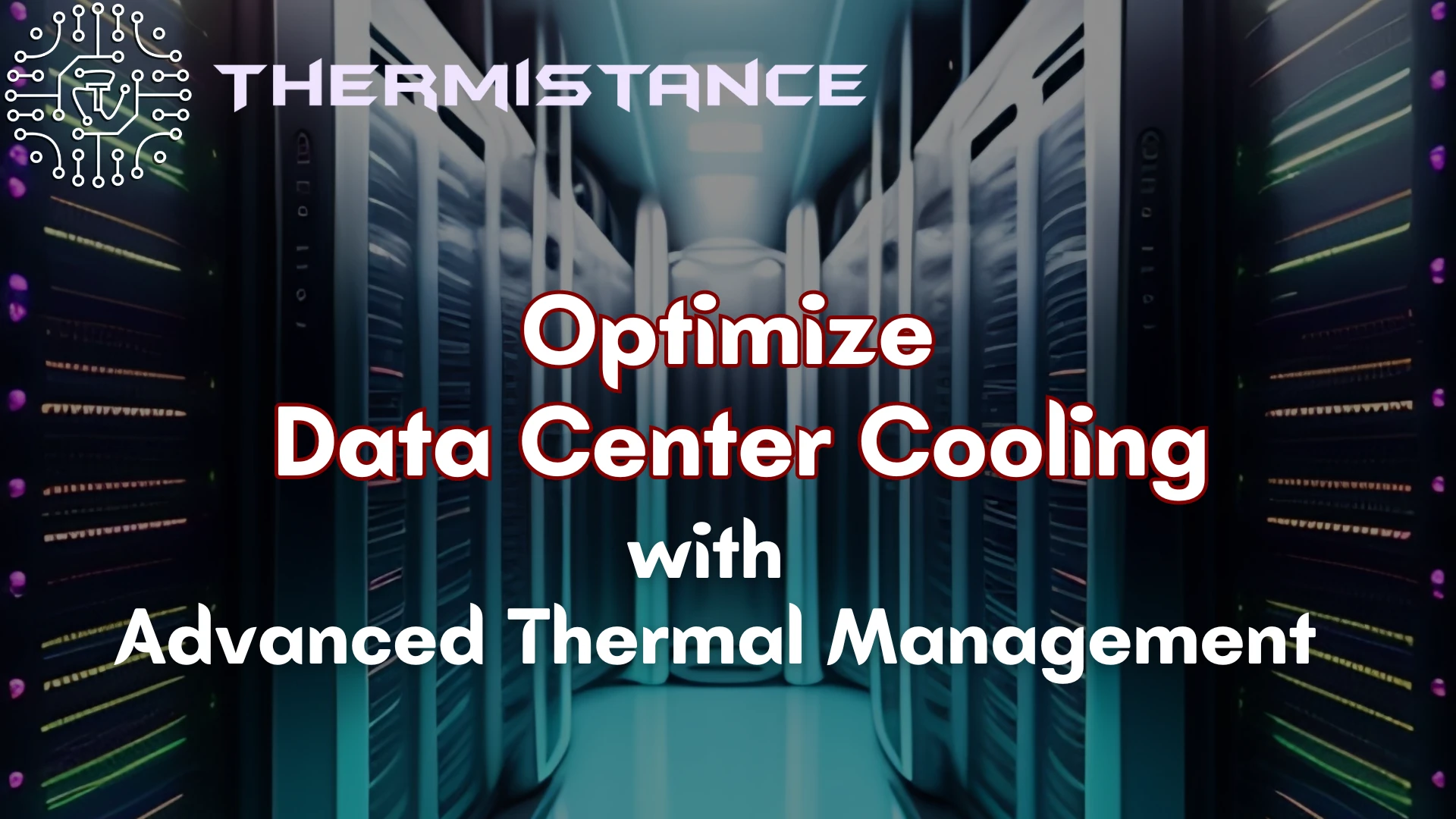How to Optimize Data Center Cooling with Advanced Thermal Management

Data centers are the backbone of the digital world, housing countless servers and infrastructure that power the internet and our modern way of life. However, the tremendous computational power they provide comes at a cost—heat generation. To maintain data center performance and prevent overheating, advanced thermal management solutions are essential. In this blog, we'll explore how you can optimize data center cooling for efficiency and reliability.
The Challenge of Data Center Cooling
Data centers are known for their intensive heat generation. The numerous servers and equipment within these facilities produce a substantial amount of heat during their operation. Efficient cooling is required to ensure that these systems function optimally. The challenge lies in finding the right balance between cooling and energy efficiency.
Key Considerations for Optimizing Cooling:
- Airflow Management:
- Hot Aisle/Cold Aisle:
- Containment:
Organize server racks so that they alternate between hot and cold aisles. Cold air is directed into the front of the servers, while hot air is exhausted into the rear. This helps to manage airflow and minimize hot spots.
Use containment solutions, such as hot or cold aisle containment, to separate hot and cold airflows. This prevents air mixing and ensures more effective cooling.
- Temperature Control:
- Set Point Adjustments:
- Variable Speed Fans:
Regularly monitor and adjust the temperature set points in your data center to ensure it remains within the optimal range while avoiding excessive cooling.
Use advanced cooling systems with variable speed fans. These fans can adjust their speed based on temperature, reducing energy consumption when cooling demands are lower.
- Liquid Cooling:
- Rear Door Heat Exchangers:
Consider liquid cooling solutions like rear-door heat exchangers or direct-to-chip cooling systems. These technologies efficiently remove heat from servers.
- Energy-Efficient Design:
- Server Selection:
Opt for energy-efficient servers and equipment. Newer hardware is often designed with power and thermal efficiency in mind.
- Hot/Cold Aisle Containment:
Implementing efficient design principles can lead to substantial energy savings. Consider layouts that minimize the distance air needs to travel to reach servers.
- Monitoring and Data Analysis:
- Data Center Infrastructure Management (DCIM):
Invest in DCIM solutions to monitor temperature, humidity, and power usage in real time. Analyzing this data allows for proactive adjustments and more efficient operation.
- Predictive Maintenance:
Use predictive maintenance to identify potential cooling issues before they become critical, reducing downtime and energy waste.
Conclusion
Optimizing data center cooling is a complex task, but it's essential for the long-term efficiency and reliability of your data center. By implementing advanced thermal management strategies and continually monitoring and adjusting your cooling systems, you can strike the right balance between temperature control and energy efficiency, ensuring your data center operates at its best while minimizing energy costs and environmental impact. Remember, a well-cooled data center not only ensures reliable performance but also contributes to the sustainability of your operations.